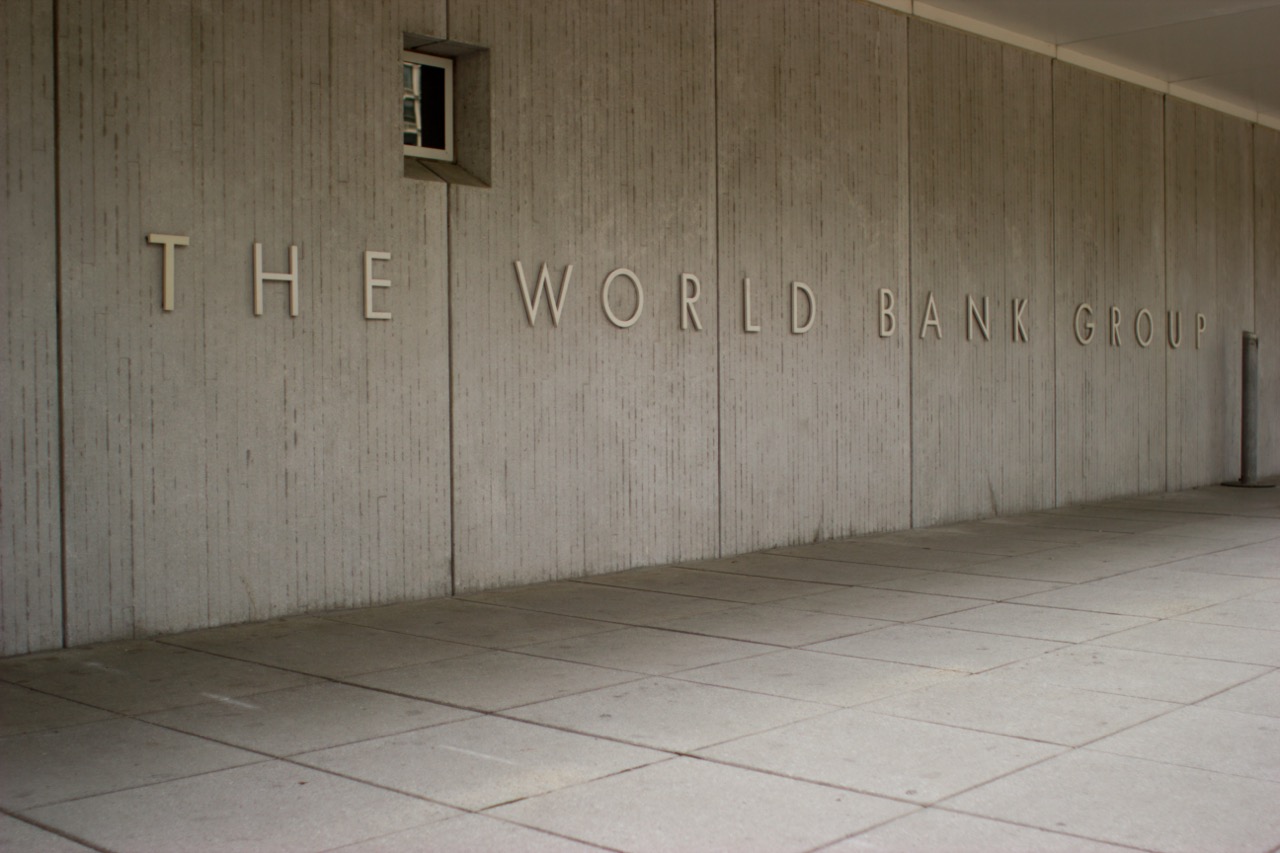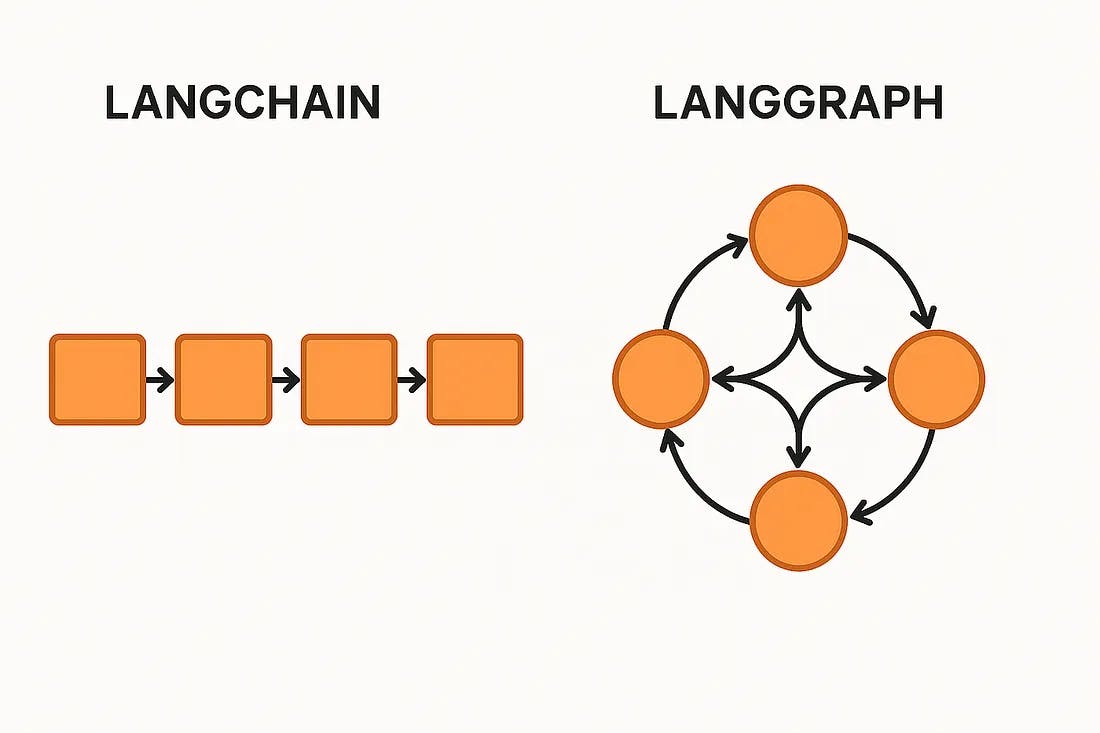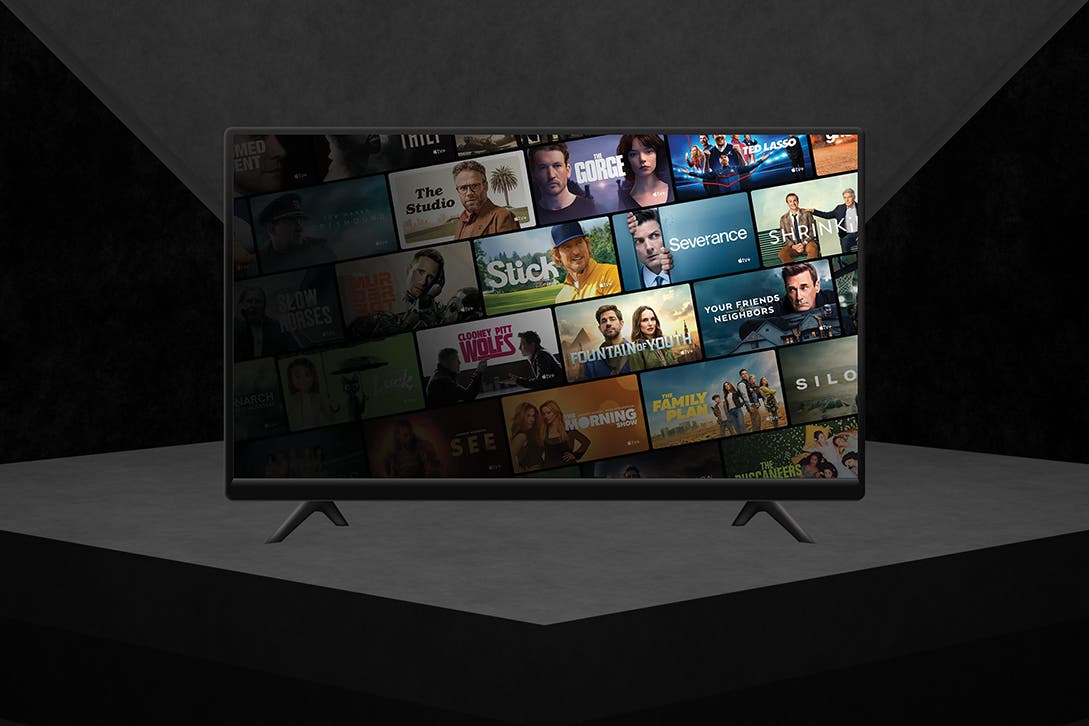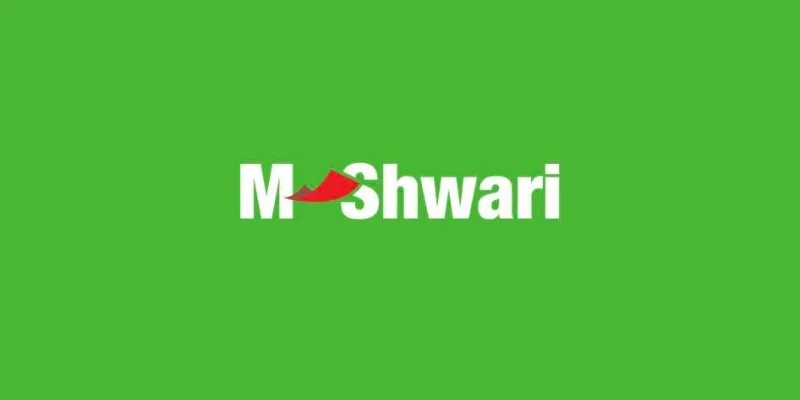On October 7, 2025, the World Bank approved $500 million for Nigeria’s Building Resilient Digital Infrastructure for Growth (BRIDGE) project, a flagship initiative to expand broadband access and digital inclusion. Disbursements, however, will be conditioned on Nigeria meeting rigorous technical, governance, and infrastructure rollout milestones set by the bank.
While the funding will accelerate digital connectivity across Africa’s largest economy, the World Bank’s terms reflect an insistence on transparency, accountability, and measurable progress.
According to project documents, the $500 million International Development Association (IDA) loan will be disbursed over six years — from 2026 to 2031 — subject to Nigeria meeting a series of performance conditions. Expected disbursements are scheduled as follows: $6 million in 2026, $155 million in 2027, $105 million each in 2028 and 2029, $115 million in 2030, and the final $14 million in 2031.
Unlike previous infrastructure programs, Project BRIDGE will operate under a “pay-for-results” model, where funding tranches are unlocked only after the Nigerian government and its private partners achieve verifiable progress milestones. This structure aims to ensure the project delivers tangible outcomes, avoids governance lapses, and remains commercially viable.
Conditions for disbursement
The first condition requires the formation of a private-sector-led Project Company, also known as a Special Purpose Vehicle (SPV). Before the initial major disbursement can occur, Nigeria must incorporate this SPV as a joint venture with private partners selected through a transparent and competitive process. The World Bank must also approve the company’s memorandum, articles of association, and shareholding agreements to ensure that robust governance and accountability structures are in place. This approach aligns with the Bank’s “maximising finance for development” principle, which aims to mobilise private capital and technical expertise for public infrastructure delivery while maintaining government ownership below 50%.
The second condition focuses on governance and fiduciary standards. For subsequent disbursements, the SPV must adopt fiduciary and administrative procedures that comply with the World Bank’s requirements. Additionally, it must demonstrate tangible progress by completing at least 5,000 kilometres of fibre network construction in line with the project’s approved technical design. This stage serves as a test of the SPV’s operational efficiency, financial transparency, and technical capacity, ensuring the project is on a sound footing before larger funding tranches are released.
The third funding condition mandates the completion of an additional 20,000 kilometres of fibre network, bringing the total rollout to at least 25,000 kilometres. This milestone signals a transition from the project’s initial development phase to full-scale implementation. It will serve as a major test of the Special Purpose Vehicle’s (SPV) capacity to deliver large-scale infrastructure efficiently, both in terms of timing and budget discipline.
The fourth and final condition ties the release of the last tranche of funds to the SPV’s launch of wholesale open-access broadband services. To meet this requirement, the company must publish a reference offer detailing pricing structures and access terms to ensure transparency and fair competition. By this stage, the project is expected to have completed an additional 40,000 kilometres of network construction, extending total fibre deployment to more than 90,000 kilometres across Nigeria.
This last step transforms the SPV from an infrastructure builder into an operational backbone network provider, allowing telecom operators and Internet Service Providers (ISPs) to lease capacity on transparent, non-discriminatory terms, a move designed to reduce broadband costs and improve competition.
A catalyst for digital transformation
The BRIDGE project is strategically aligned with the World Bank’s Country Partnership Framework (CPF) 2021–2025, which prioritises digital transformation, job creation, and inclusive growth.
Nigeria’s fibre internet penetration remains low; fixed broadband stood at only 8.4% in late 2024, far behind regional peers like Senegal, where access exceeds 30%. Internet speeds also lag: the median mobile download rate is 18 Mbps, and fixed broadband averages just 23.2 Mbps, limiting access to cloud services, e-learning, and digital finance.
The World Bank views these gaps as evidence of market failure, where private operators find little incentive to invest in rural or low-income areas. Project BRIDGE seeks to correct this by deploying public funds to de-risk investments and attract private capital.
The goal is to build a 90,000-kilometre climate-resilient fibre network, a digital backbone that will connect all 774 local government headquarters and administrative wards across Nigeria.
A joint venture model to drive accountability
The Federal Government plans to hold a minority stake — between 25 and 49% — in the SPV through the Ministry of Finance Incorporated (MOFI), while private investors, both local and international, will own the majority. This model, approved by the Federal Executive Council in May 2024, is designed to embed private sector discipline in operations and limit political interference.
The SPV will operate as a private limited liability company, managed by a professional team from the telecommunications and infrastructure sectors. Governance structures, including shareholder voting rights, board composition, dispute resolution mechanisms, and environmental and social safeguards, will be established under World Bank oversight.
Unlocking broader development goals
Beyond connectivity, Project BRIDGE aims to power Nigeria’s digital economy, create jobs, and promote gender inclusion. The network will connect over 38,800 public schools, 16,900 health facilities, and 3,400 local government offices, providing reliable, high-speed broadband to public institutions.
Private telecom firms will lease capacity from the SPV to expand last-mile networks, while committing to digital literacy programs, especially for women and girls. The initiative also links with the World Bank’s Mission 300 (M300) program, which combines electrification and broadband rollout to reduce reliance on diesel generators and promote green energy.
The project also incorporates a strong climate resilience framework. Nigeria faces rising vulnerability to extreme weather events — floods, heatwaves, and storms — which often damage telecom infrastructure. The BRIDGE project’s design mandates climate-proofed fibre networks and promotes the use of clean energy for connectivity infrastructure.
Additionally, the World Bank is exploring risk mitigation through the Multilateral Investment Guarantee Agency (MIGA), which could provide political risk insurance against currency instability, transfer restrictions, or civil disturbances — key concerns for private investors in Nigeria.
Private capital mobilisation and donor coordination
To amplify impact, the project seeks to leverage at least $1.1 billion in private investment, complemented by potential co-financing from other development partners. Institutions such as the African Development Bank (AfDB), Africa Finance Corporation (AFC), Islamic Development Bank (IsDB), European Bank for Reconstruction and Development (EBRD), and the European Union (EU) are considering parallel financing or grants.
For instance, AfDB is weighing a $200 million sovereign loan, while AFC may provide $100 million in co-financing. Weekly donor coordination meetings led by the Federal Ministry of Communications, Innovation, and Digital Economy (FMCIDE) are ongoing to harmonise commitments.
The bigger picture
For Nigeria, Project BRIDGE is both a test and an opportunity. Success could make it a model for digitally inclusive infrastructure delivery in Sub-Saharan Africa — one where public finance unlocks private investment while ensuring transparency and accountability.
But the stringent disbursement conditions also reflect the World Bank’s caution. After years of stalled broadband initiatives and governance lapses, the bank is demanding proof — in kilometres of fibre, audited governance, and open-access service — before it releases the next dollar.










